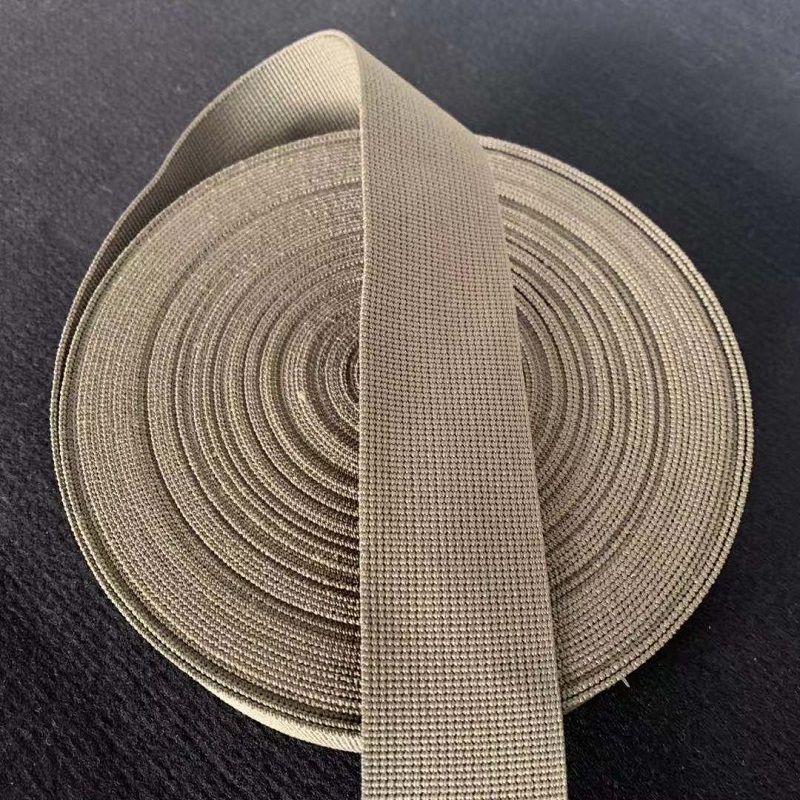Knitting (spindle weaving) is to form a weft tube from the yarn warp cylinder and weft winding, insert it on the fixed gear seat of the knitting machine, and the weft tube rotates along the 8-shaped track to pull the yarns to cross weave with each other. Usually, the number of spindles is even, the woven tape is tubular, the number of spindles is odd, and the woven tape is flat. Spindle weaving technology has been applied since old China. The number of spindles varies from 9 to 100 due to different equipment. The basic process of weaving is: bleaching and dyeing - weft rolling - weaving - off machine shearing - packaging. Since 1960, many technical innovations have been carried out on the knitting machine, mainly including the enlargement of peach plate diameter, the installation of an automatic stop device for breaking rubber bands, and the replacement of iron ingots with nylon ingots. The improvement of these equipment has increased the vehicle speed to 160~190 rpm, doubled the stand rate and greatly improved the product quality.
Knitting can not only weave belts, but also weave ropes. Tubular belt is a kind of braided rope. Rope or rope with a diameter of 1~4 cm is also called rope. Rope with a diameter of more than 4 cm is also called rope. Rope with a diameter of more than 40 cm is generally called cable or rope. In 1989, the industry introduced Japan's eight strand cable production line equipment and produced polypropylene eight strand cable in the following year.


